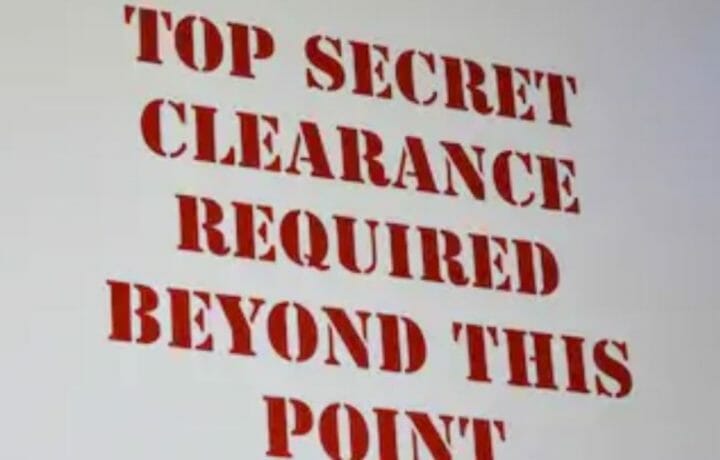The magic of cleared recruiting is when the security clearance and hiring processes are all working in sync. For example, you have an already cleared pipeline waiting to be hired, or you have an employer who is willing to sponsor a security clearance for the right role or candidate.
But the recruiting reality in a classified environment is not filled with sunshine and rainbows, or even a window to gaze out of. It’s long hours trying to catch a secret squirrel when they have their phone turned on, a tough world of meeting a government customer’s talent demands, all while trying to find the right candidate, in the correct region, within the salary range submitted in your RFP response, and they actually show up for their first day or get along with the team.
Navigating the Security Clearance Process
As a cleared recruiter, you should be an expert in the security clearance process, or at least know the best available resources to answer any outstanding questions. Here are the stakeholders and why you should be navigating the clearance process.
1. The currently cleared talent pool.
Recruiters should understand what levels candidates should be cleared at for each contract they are staffing, under which agencies is preferred to avoid reciprocity delays, and expiration timelines look like for current or lapsed clearances.
2. Candidates who are clearable, but not cleared.
Recruiters can be a resource to candidates that are interested in getting their foot in the door to help guide them through the process if their employer is willing to sponsor. (*Note, FSOs are your friends here.)
3. Your hiring or program managers.
Recruiters should take note of the roles that have not yet been filled, and if that range is far outside or longer than the current clearance processing times, it’s time to tell your manager to bite the bullet and sponsor a clearance for the right candidate. This will also take buy in from the government customer since they must approve the candidate prior to this process.
4. Your Facility Security Officer (FSO).
Outside of checking on the status of potential candidates and applicants in DISS, cleared recruiters should be collaborating with their FSOs to understand current or changing policies (like drugs or Trusted Workforce 2.0), and help to advocate for sponsoring clearances for hard to fill roles to your leadership.
5. Resources like ClearanceJobs.
Our news site, blog, and large resource library of frequently asked questions and white papers can assist you in anything surrounding security clearances and national security hiring.
If you have a specific recruiting question and how it may relate to the security clearance process, shoot us a note at editor@clearancejobs.com.
THE CLEARED RECRUITING CHRONICLES: YOUR WEEKLY DoD RECRUITING TIPS TO OUT COMPETE THE NEXT NATIONAL SECURITY STAFFER.




